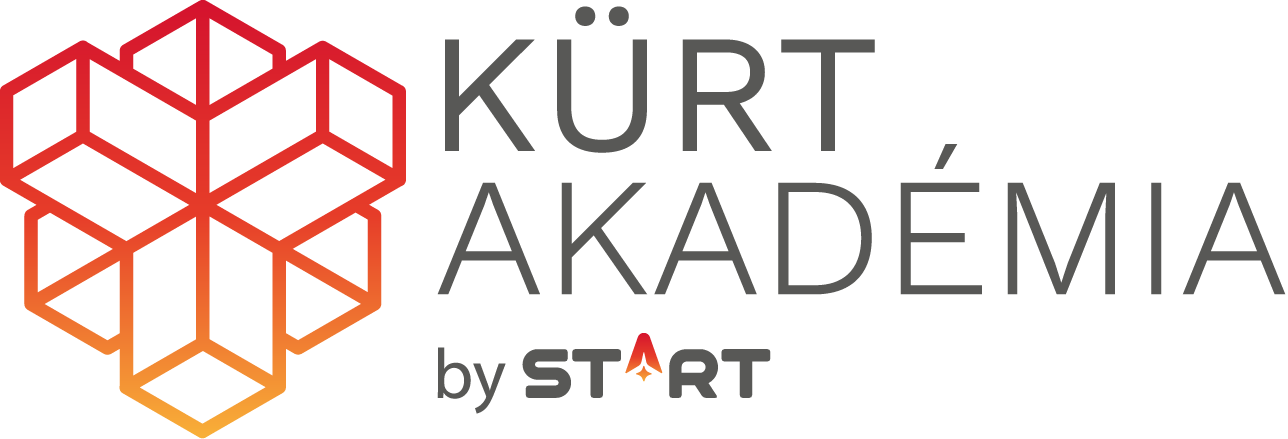Agile crisis management
What does Agile Crisis Management mean?
Agile Crisis Management is a combination of classic, finance-based crisis management and specific elements of Agile operations, which provide sufficient sensitivity to the potential of individual products, services and functions in the responses given to the crises.
What problems does it address?
When it becomes clear that previous operations are not sustainable any more, the reactions differ based on the temperaments of the decision-makers. Agile Crisis Management's basic focus of analysis is on which products and services to retain and which to outsource or eliminate completely.
What are the main steps?
Agile Crisis Management combines classic corporate financial analysis tools with Lean portfolio prioritisation:
- In order to ensure that our go/no go decisions are supported by correct information, we primarily look at characteristics and metrics such as market share and potential, revenue generating capacity, cost structure, human resources.
- We then develop and support the practical implementation of prioritisation based on the Lean-Agile portfolio management methodology, carried out by a pre-defined list of evaluators. The evaluation matrix is developed primarily based on company philosophy, strategy, organisation, knowledge, technology and fit.
- The combined assessment of the results according to the two sets of criteria gives the so-called "survival matrix".
TYPICAL QUESTIONS
- Why don’t we just cut what takes the most money?
Just looking at the cost level, even from an accounting point of view, is a one-sided solution. The ability to generate income and revenue should also be looked at in absolute terms and in relation to other activities. And not just for the moment, but for the long term. - Why should I hand over entire business lines to others?
If we are not able to do a particular activity effectively in a given situation, we are taking resources away from our other, more successful activities by keeping it going. It can be assumed that if we cannot succeed in the market conditions in the area we are operating in, then neither will other companies of our size. A smaller company may be able to operate successfully at a much lower cost level than ours, but there is no need to compete with them in a crisis. - If I I only cut 30% of everything, then I only have to build 30% of everything back, right?
True, but what happens if, even outside the crisis, it turns out that activities B, C,....Z are not sufficiently profitable? Then I limit my key activities by the 70% capacity and cash reserves I spend on other areas during the crisis.
WHO CHOSE US
-




Magyar Telekom
Implementation of Agile Framework - OKR, Support of Agile Transformation, Agile trenings
-




Schiller Autó Család
Development of Corporate Strategy - based on 4 Lighthouses, BMC and OKR
-




SPAR Magyarország
Alignment of the senior management team, Design of strategic Agile processes, COVID crisis management, Data-driven leadership









